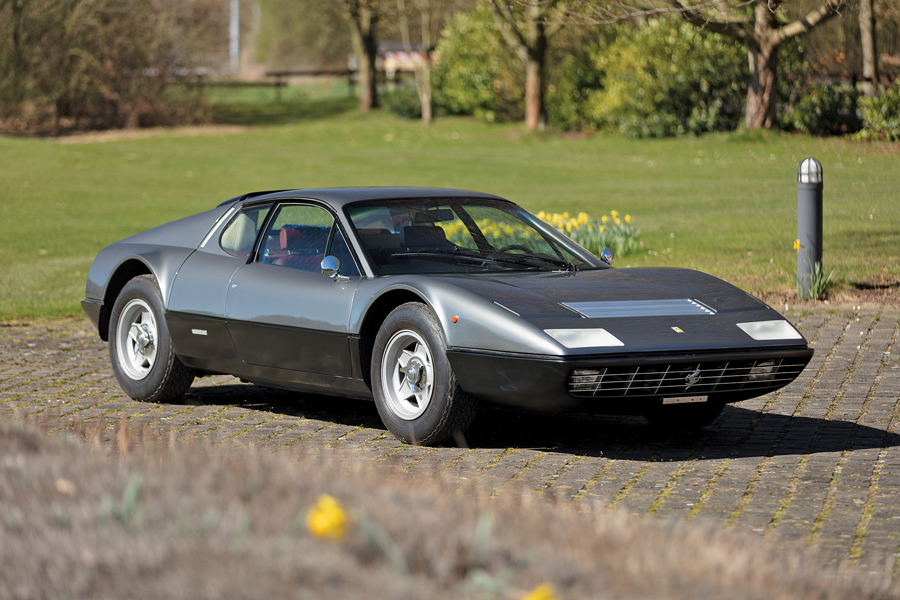- Gifted new by Enzo Ferrari to Ferrari driver and team manager Peter Schetty
- Highly original and well-preserved example with just four owners from new
- One of just five examples painted Grigio Ferro from the factory
- Highly pedigreed example of the rare 365 GT4 Berlinetta Boxer
1974 Ferrari 365 GT4 Berlinetta Boxer
